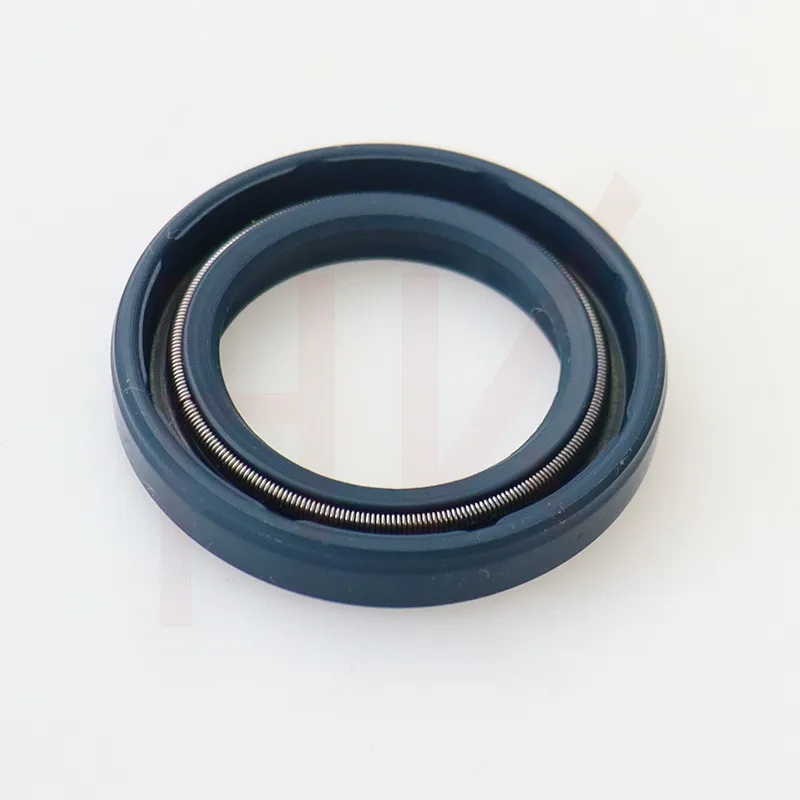10 сар . 03, 2024 01:07 Back to list
Understanding Hydraulic Ram Seals for Enhanced Performance and Durability in Fluid Systems
Understanding Hydraulic Ram Seals Essential Components for Optimal Performance
Hydraulic ram seals are critical components in hydraulic systems, playing a significant role in ensuring the smooth operation of various machinery and equipment. These seals are specifically designed to prevent the leakage of hydraulic fluid, maintaining the pressure required for effective operation. As such, they are integral in applications ranging from automotive hydraulics to industrial machinery.
What Are Hydraulic Ram Seals?
Hydraulic ram seals are sealing devices that occupy the space between moving and stationary parts of hydraulic cylinders. Their primary function is to contain hydraulic fluid within the system, thereby preventing it from escaping into the environment. This is crucial because even a small leakage can lead to performance issues, increased wear on components, and environmental hazards.
Types of Hydraulic Ram Seals
There are several types of hydraulic ram seals, each suited for specific applications and materials. Common types include
1. O-rings These circular cross-section seals are versatile and widely used in hydraulic applications. They offer excellent sealing properties and can withstand various temperatures and pressures.
2. U-cups Designed with a shape that resembles the letter U, these seals are effective at sealing both dynamic and static applications. They are often used in the rods of hydraulic cylinders.
3. V-rings These seals are ideal for shafts and are designed to seal against the housing, primarily in applications where axial movement occurs. Their unique shape helps them to flex and conform to irregularities.
4. Square rings Offering more surface area than O-rings, square rings are a robust option for high-pressure applications. They provide a tight seal and are durable under extreme operating conditions.
hydraulic ram seals

Materials Used in Hydraulic Ram Seals
The materials used in hydraulic ram seals are crucial to their performance. Common materials include
- Nitrile Rubber (NBR) Known for its oil and fuel resistance, NBR is commonly used in hydraulic applications due to its capability to withstand moderate temperatures and pressures.
- Fluoroelastomer (FKM) This high-performance material is ideal for extreme temperatures and aggressive fluids, making it a preferred choice in aerospace and automotive industries.
- Polyurethane Exceptional in high-wear applications, polyurethane seals offer robustness and resistance to abrasion, making them suitable for heavy industrial equipment.
Maintenance and Performance
To ensure durability and optimal performance, regular inspection and maintenance of hydraulic ram seals are necessary. Signs of wear, such as fraying or hardening, can indicate the need for replacement. In addition, maintaining the correct operating pressures and temperatures can significantly extend the lifespan of the seals.
Conclusion
In conclusion, hydraulic ram seals are indispensable in the efficient operation of hydraulic systems. Their ability to prevent leaks not only ensures safety and environmental sustainability but also contributes to the overall performance of machinery. Understanding the types of seals available, the materials used, and the importance of maintenance can help engineers and operators make informed decisions, ultimately leading to increased reliability and reduced downtime in hydraulic operations. As technology advances, the development of new materials and sealing designs will continue to enhance the effectiveness of hydraulic systems in various applications.
-
TCN Oil Seal Metal Ring Reinforcement for Heavy Machinery
NewsJul.25,2025
-
Rotary Lip Seal Spring-Loaded Design for High-Speed Applications
NewsJul.25,2025
-
Hydraulic Cylinder Seals Polyurethane Material for High-Impact Jobs
NewsJul.25,2025
-
High Pressure Oil Seal Polyurethane Coating Wear Resistance
NewsJul.25,2025
-
Dust Proof Seal Double Lip Design for Construction Equipment
NewsJul.25,2025
-
Hub Seal Polyurethane Wear Resistance in Agricultural Vehicles
NewsJul.25,2025
-
The Trans-formative Journey of Wheel Hub Oil Seals
NewsJun.06,2025
Products categories
















